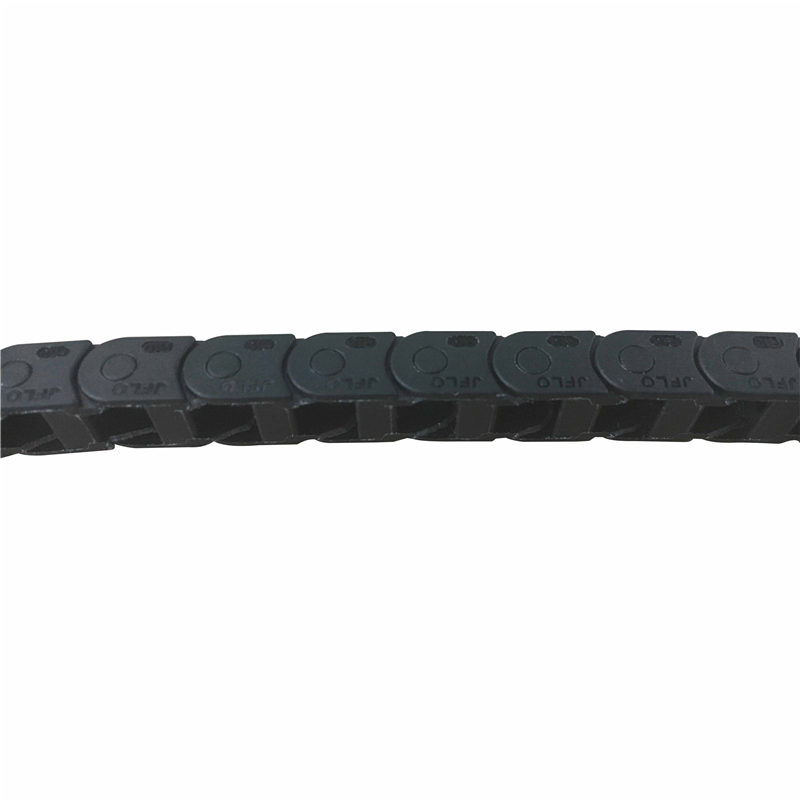Synchronous Belt Compared to V Belt Performance and Application Differences
Synchronous Belt vs V-Belt Understanding the Key Differences
When it comes to power transmission in various mechanical systems, the choice of belts can significantly impact performance, efficiency, and maintenance. Two common types of belts used in industries are synchronous belts and V-belts. Each design has its distinctive characteristics, benefits, and applications, making it important for engineers and maintenance personnel to understand their differences.
Synchronous Belts
Synchronous belts, often referred to as timing belts, are designed to provide precise timing and synchronization between rotating shafts. These belts feature teeth on the inner surface that engage with corresponding grooves on the pulleys, ensuring that there is no slippage. This direct drive mechanism allows synchronous belts to maintain accurate alignment and timing, making them ideal for applications where precise movement is critical.
One of the primary advantages of synchronous belts is their efficiency. Because they do not slip, they can transmit power more effectively than traditional belts, leading to reduced energy loss and improved performance. Additionally, their toothed design reduces the noise associated with belt operation, which is particularly advantageous in equipment where noise reduction is essential.
Synchronous belts also have a longer lifespan compared to V-belts when used in the right conditions. They are resistant to stretching and deformation, which contributes to their durability. Their maintenance requirements are relatively low, as they do not require frequent adjustment. However, improper alignment can lead to uneven wear and premature failure, necessitating regular inspection.
The applications of synchronous belts are widespread and can be found in automotive engines, conveyor systems, robotics, and various other machinery that require precise timing. They are particularly useful in applications involving high speeds and loads, where accuracy is paramount.
synchronous belt vs v belt

V-Belts
V-belts are the traditional choice for power transmission in a variety of mechanical systems. Characterized by their V-shaped cross-section, these belts operate on the principle of friction. The grooves on the pulleys allow the belt to wedge into the sheave, which provides a firm grip that facilitates the transfer of power.
One of the key benefits of V-belts is their versatility. They can be used in a range of applications across different industries, from automotive to agricultural machinery. Their design allows for easy installation and replacement, making them a popular choice for many maintenance teams. V-belts also perform well under fluctuating load conditions and can absorb shock loads, making them suitable for systems that experience variable power demands.
However, V-belts do have some limitations. They are prone to slip, especially under high-load conditions, which can lead to power loss and reduced efficiency. This slippage can also create wear on both the belt and the pulleys, requiring more frequent adjustments and replacements over time. Additionally, V-belts generate more noise during operation than synchronous belts, which can be a disadvantage in noise-sensitive applications.
Conclusion
In summary, the choice between synchronous belts and V-belts largely depends on the specific requirements of the application at hand. Synchronous belts are superior for applications that demand precision and efficiency, while V-belts offer versatility and ease of maintenance. Understanding the differences between these two types of belts can help engineers and maintenance professionals make informed decisions that optimize performance, reduce downtime, and enhance the longevity of their equipment.
When selecting between a synchronous belt and a V-belt, it is essential to consider factors such as load conditions, required precision, maintenance capabilities, and overall cost-effectiveness. By evaluating these criteria, you can ensure that the chosen belt aligns with your operational needs and contributes to the successful performance of your machinery.








